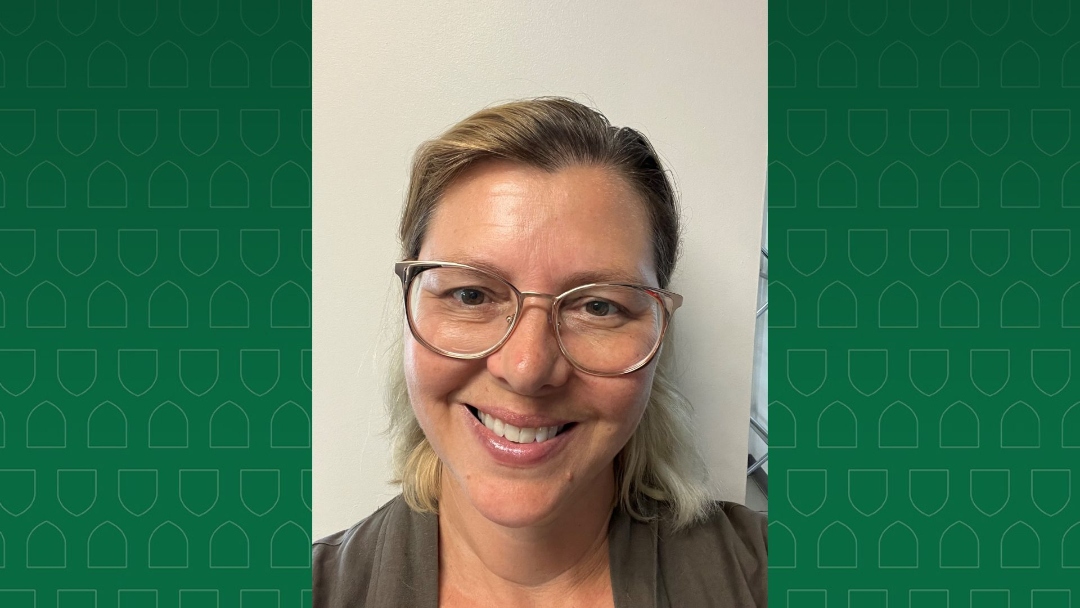
USask team plans unique facility to develop, test alternative fish food
SASKATOON – A University of Saskatchewan (USask) research team is partnering with an array of industry groups to establish a “globally unique” facility on campus to develop and test plant- and insect-derived proteins to replace the fishmeal that has no great substitute in aquaculture feed today.
“Protein by far is the No. 1 ingredient that determines fish growth rate,” said Dr. Lynn Weber (PhD), professor of veterinary biomedical sciences at USask’s Western College of Veterinary Medicine and co-leader of the project. “It is the No. 1 cost in feed, and feed is the No. 1 cost in aquaculture.”
Declining wild fish stocks are driving up consumer demand for commercially grown fish and seafood, and with it the need for cheaper and environmentally sustainable alternatives to fishmeal, Weber said.
Fishmeal is made from grinding up fish species deemed undesirable for human consumption—often caught by dragging nets across ocean beds—an environmentally damaging and expensive practice that is unsustainable and affected by dwindling fish stocks, Weber said.
To reduce costs, feed manufacturers have looked to soy protein as an alternative, she said. But the demand as a human food has made soy expensive. Worsening the problem is that soy contains compounds called anti-nutritional factors that destroy fish guts unless the beans are processed to remove the harmful elements.
Ingredients such as fava beans and peas provide a better protein alternative, said Weber, who has done research with colleagues such as Dr. Matt Loewen (DVM, PhD)—a project collaborator—on using novel processing methods such as fermentation with yeast, to remove anti-nutritional factors from legumes. Research by some team members using insect protein derived from sources such as fly larvae also looks promising, she said.
USask, situated in the heart of a province that produces an abundance of peas, fava beans and other potential feed ingredients, is uniquely equipped to host the proposed Aquafeed Testing Facility, Weber said.
The university has world-class experts in feed ingredient development and processing, along with top-ranked scientists in toxicology, environmental studies, artificial intelligence (AI), and animal physiology, nutrition and behavioural science who are collaborators on the project.
“The testing facility will have some basic research aspects to do with nutrition, eco-toxicology and AI, but basically it will be a contract facility where we hope to bring in industry partners and charge them to develop new feed ingredients and feeds for aquaculture,” Weber said.
Among the 20 industry, government, academic, and trade groups supporting the project are global companies such as BioMar AS of Denmark, Evonik of Germany, and Boston-based InnovaSea.
“These companies are interested enough to directly support the project now, but once we establish the facility and word gets out, I anticipate it will quickly ramp up to become the go-to place globally because there’s such a shortage of all the unique expertise that we have,” Weber said.
Weber and Dr. Mike Nickerson (PhD), a professor in USask’s College of Agriculture and Bioresources, co-lead the 10-member multidisciplinary faculty team. The group is seeking $3.7 million from the Canada Foundation for Innovation, which is 40 per cent of the $9.3 million needed to revamp USask’s current Toxicology Centre to house the new facility. Provincial and federal agencies, USask, and vendor in-kind support are expected to contribute $5.6 million.
The flow-through fish tank system in the current toxicology centre will be replaced with a recirculating aquaculture system with a large biofilter that will cut water use by as much as 90 per cent, she said.
Each of the 30 new feed testing tanks will be capable of holding 20 or more market-sized fish such as trout and tilapia and will be equipped with continuous water quality sensors and in-tank cameras to closely track feeding rates, responses to novel feed ingredients, behaviour, and growth, using AI technology. As well, the rest of the facility will have other, larger tanks to hold fish not currently on trial.
The facility at USask would allow the complete business cycle for value-added agriculture to occur in Saskatchewan and bring lucrative new markets for Canadian-grown crops, Weber said.
-30-
For media inquiries, contact:
